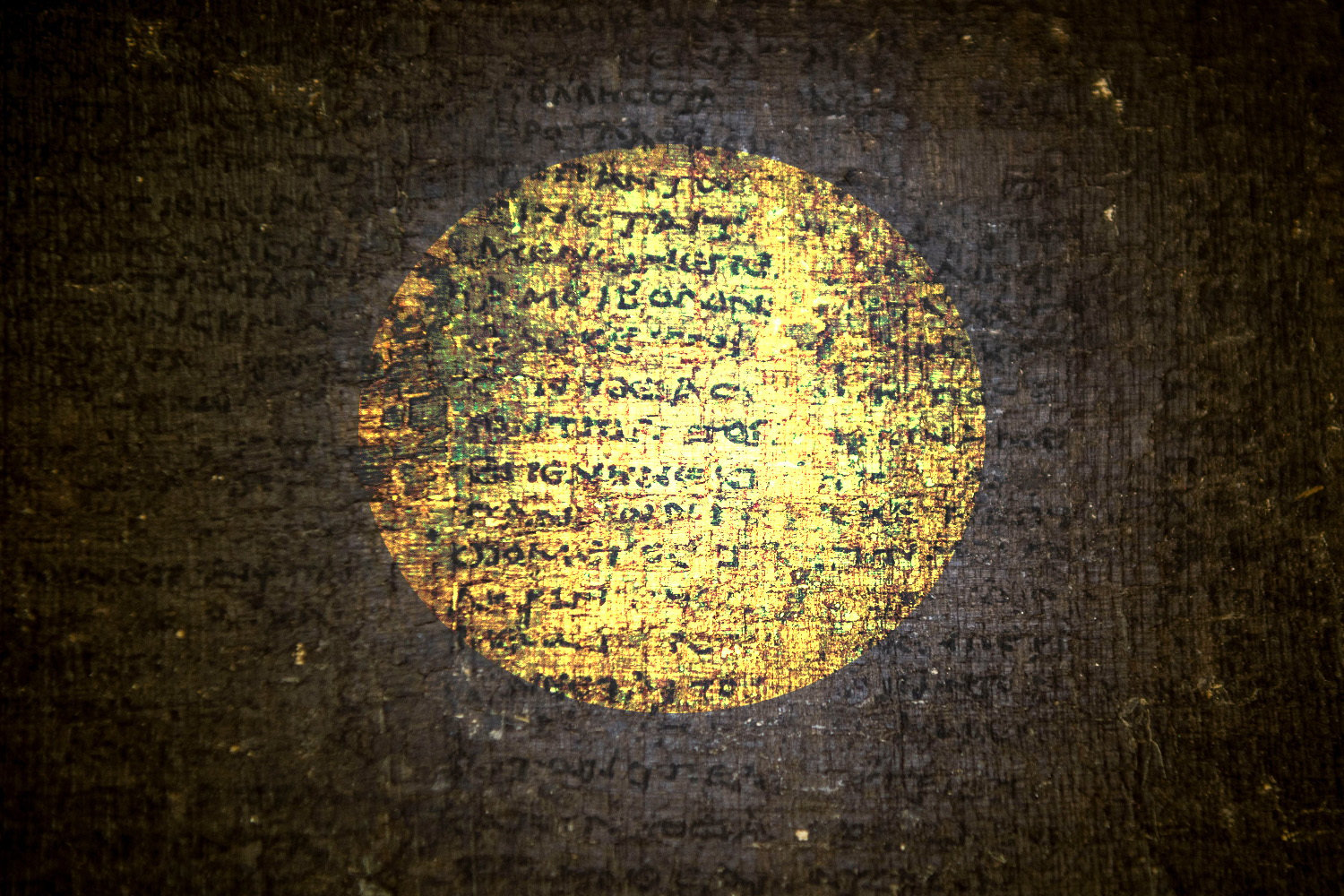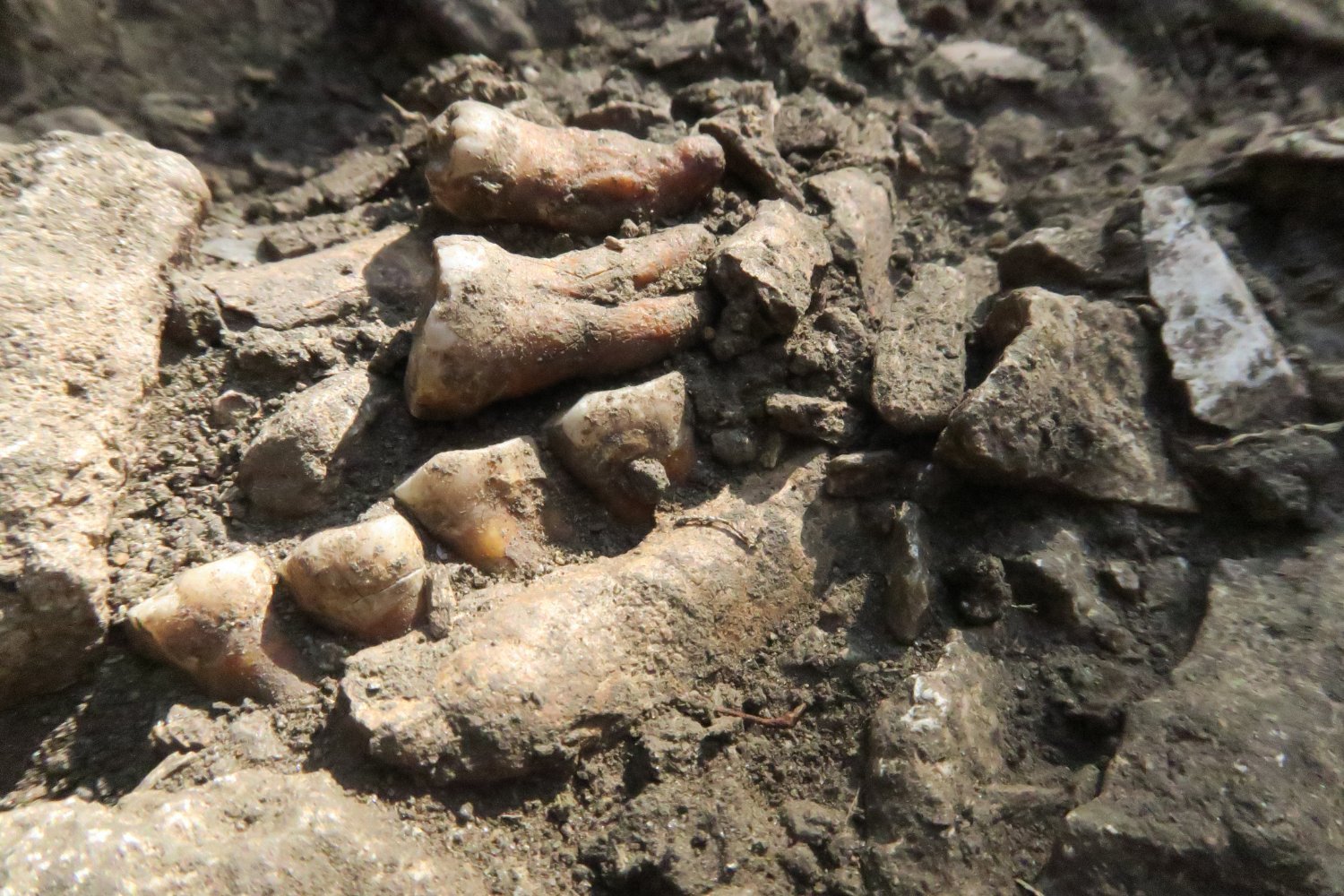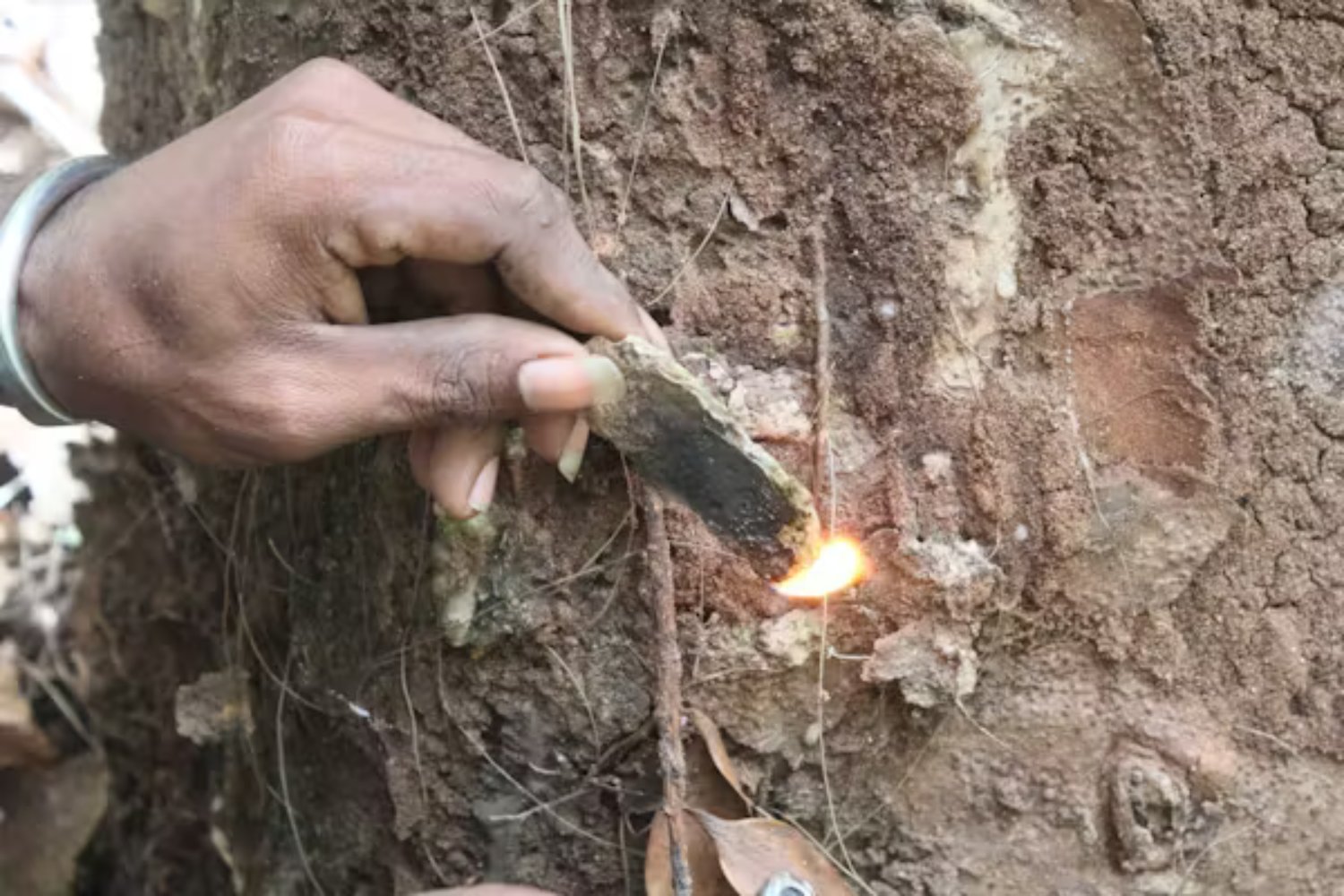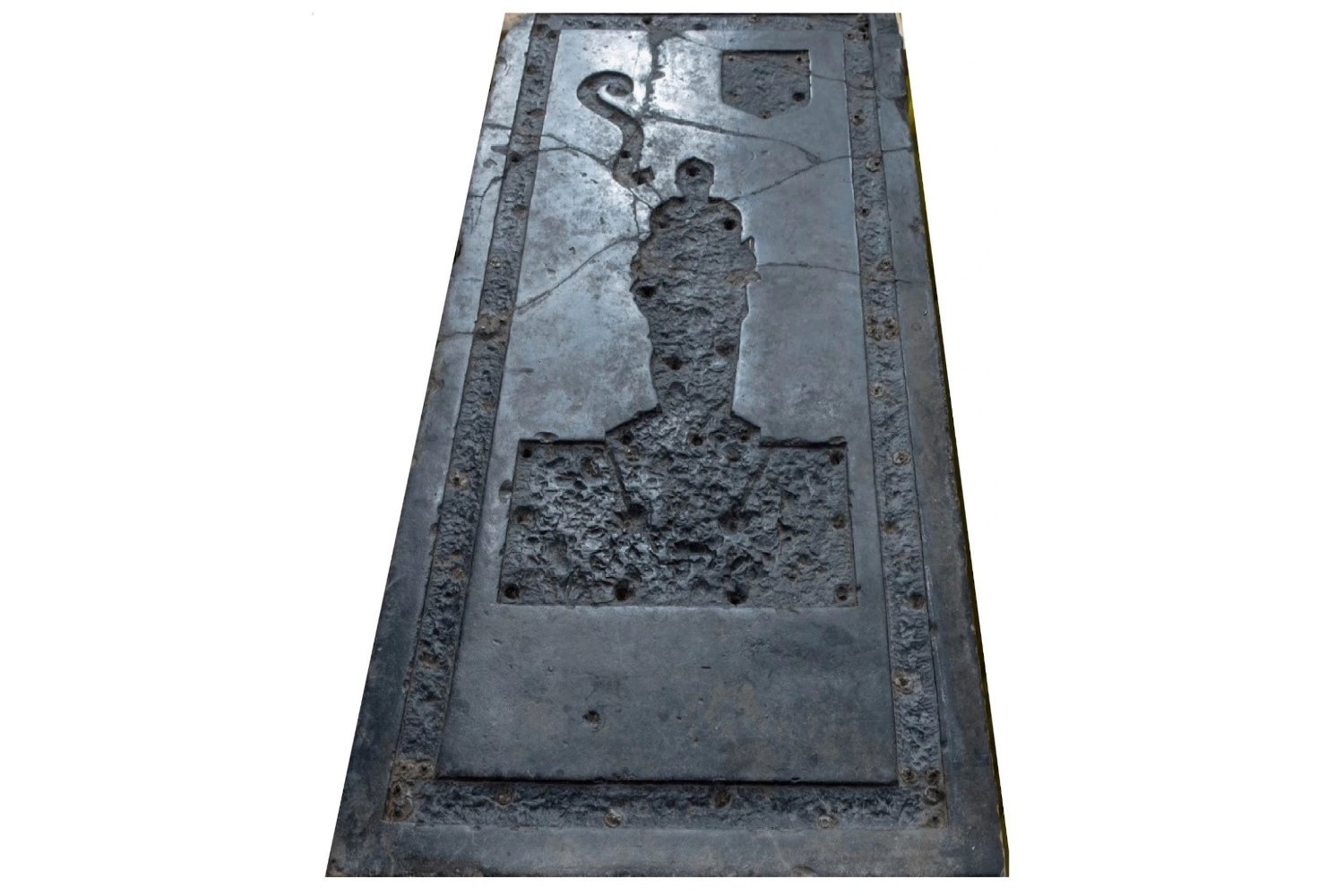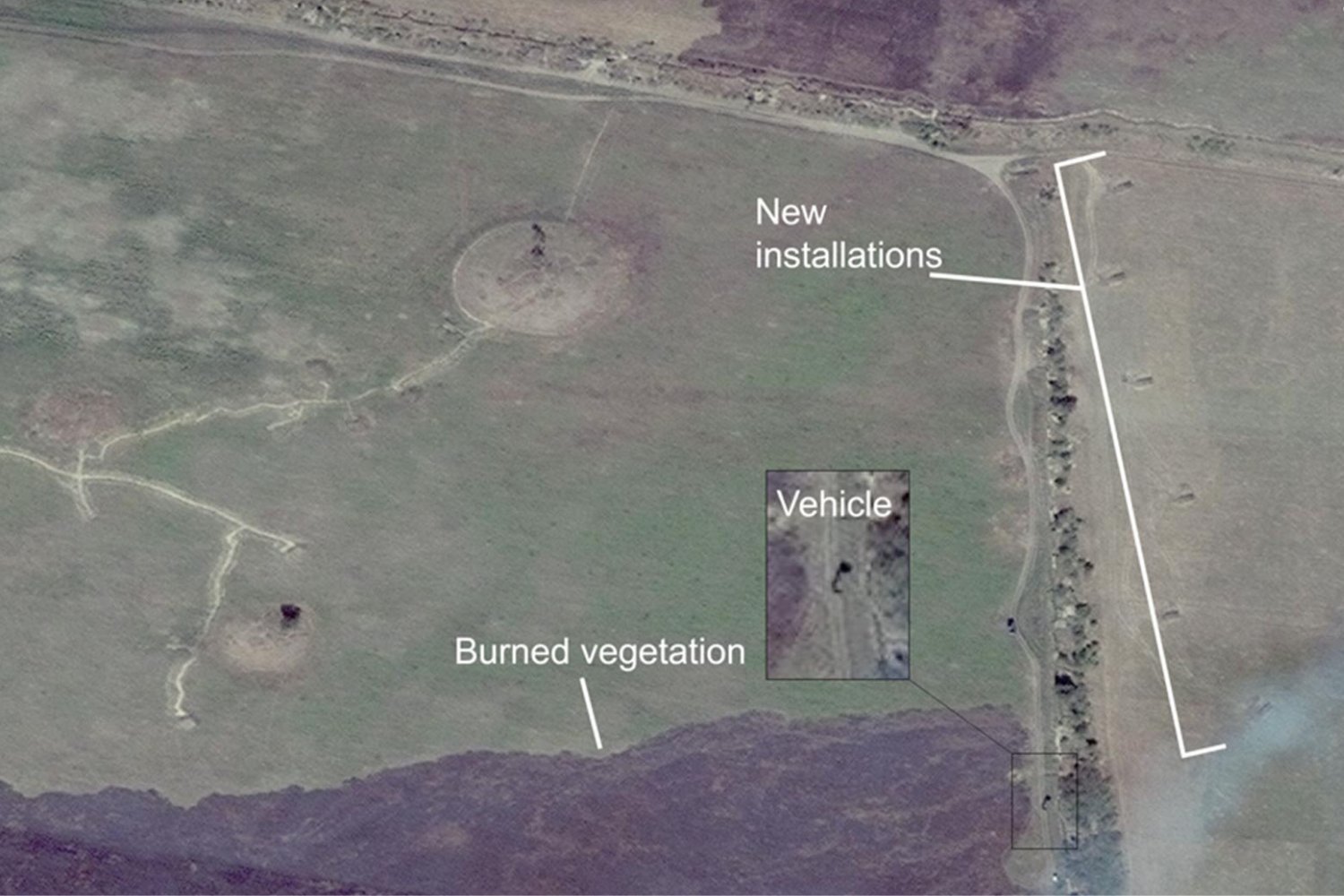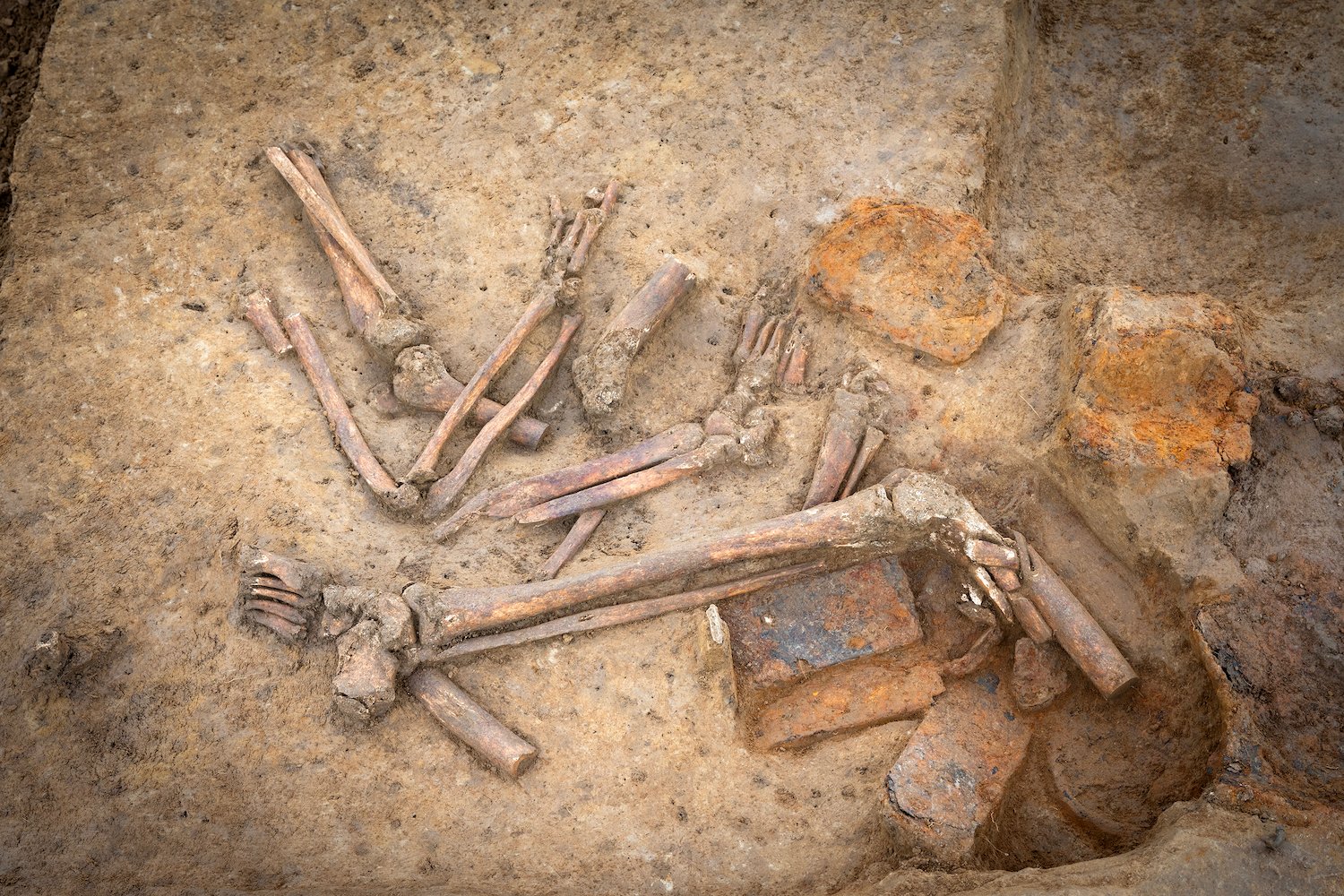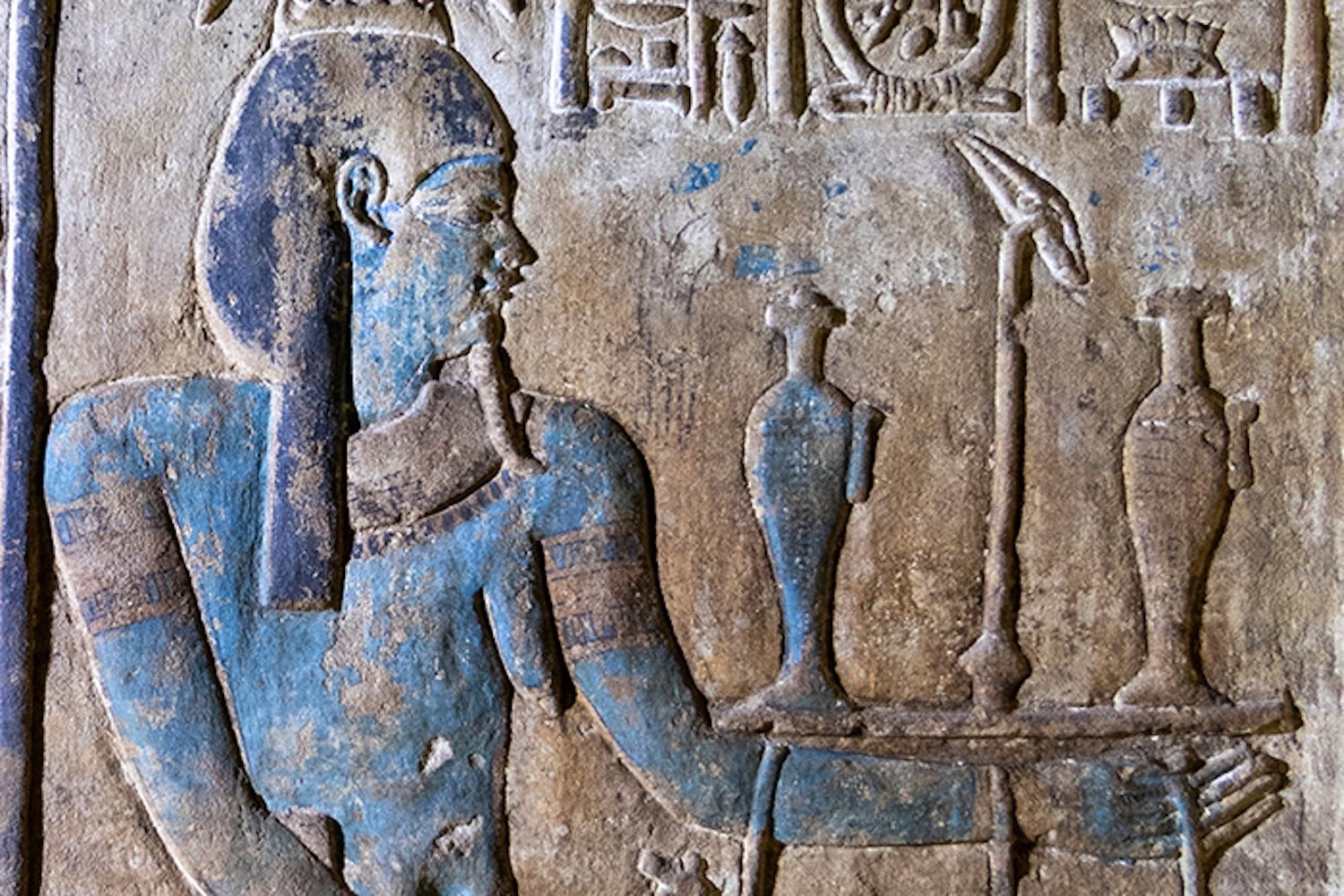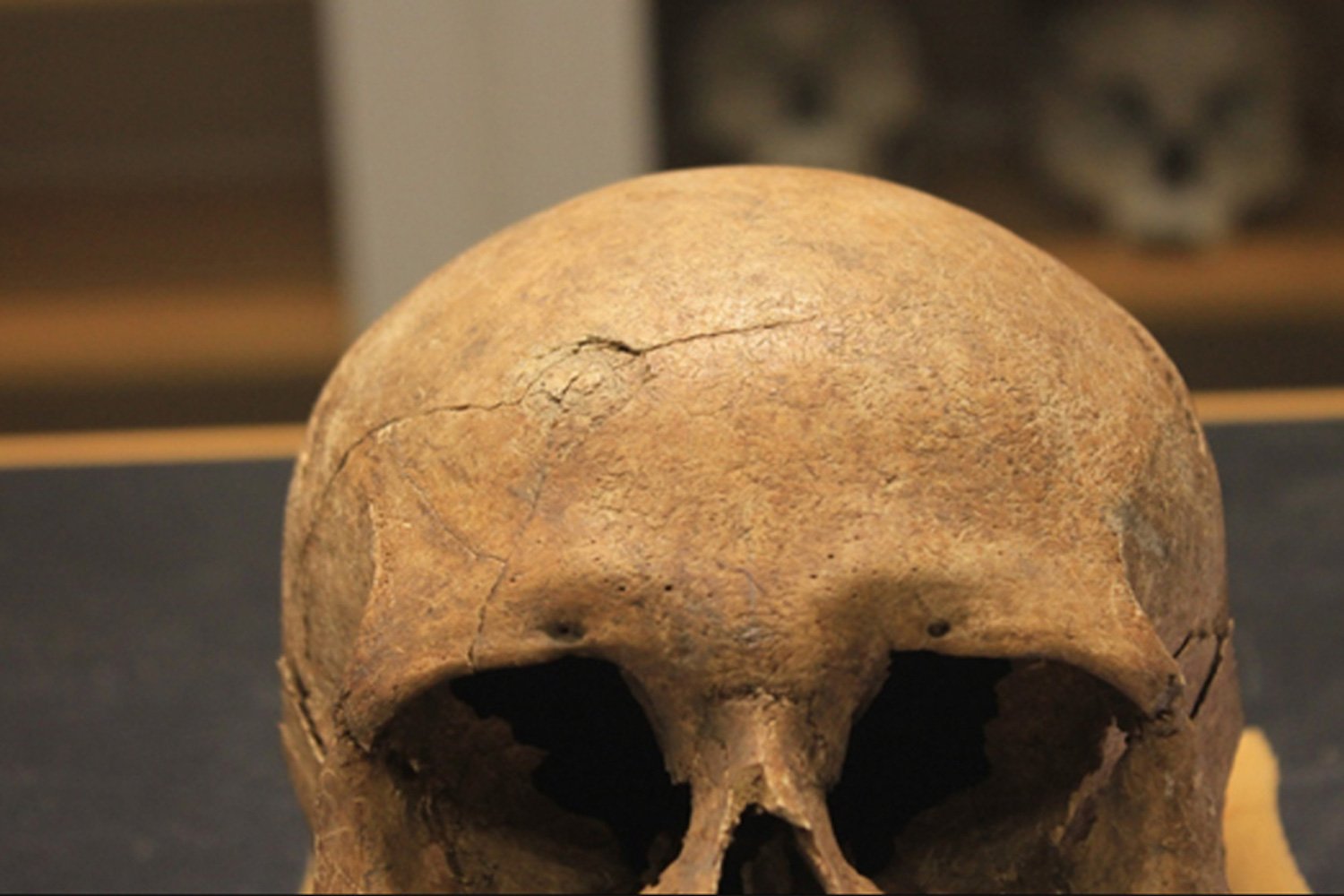The eruption of Mount Vesuvius in 79 AD buried the Roman towns of Pompeii and Herculaneum under volcanic ash, preserving a moment in time. Among the artifacts recovered from the Villa dei Papyri in Herculaneum are thousands of charred scrolls, the only surviving library from the classical world. These fragile scrolls have remained largely unread for centuries, but cutting-edge AI is now offering a glimpse into their hidden contents.
Virtual Unwrapping: AI’s Role in Deciphering the Scrolls
The challenge of reading these delicate scrolls lies in their fragile state. Traditional unwrapping methods often lead to fragmentation and further damage. This is where AI comes into play, offering a non-invasive approach to deciphering the texts. The Vesuvius Challenge, launched in 2023, utilizes AI-powered techniques like machine learning and computer vision to virtually “unwrap” the scrolls without physically touching them.
Machine learning algorithms analyze data from the scrolls, learning to identify patterns and improve their accuracy over time. Computer vision enables computers to “see” and interpret the faint ink markings on the charred papyrus. This virtual unwrapping process involves creating 3D scans of the scrolls, identifying ink traces, and digitally reconstructing the text in a readable format.
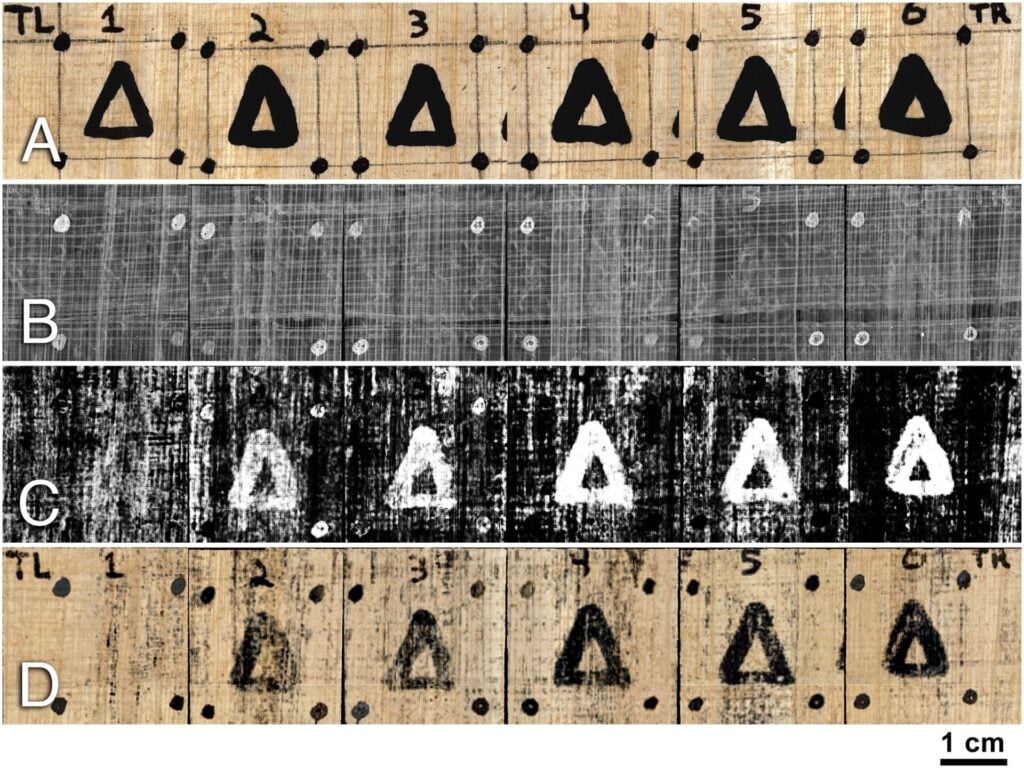 Top to bottom: a reference photograph, a texture image, a network-generated prediction image, and a network-generated photorealistic rendering.Illustration of the AI-driven process used to virtually unwrap the Herculaneum scrolls, showing the stages from reference photograph to a rendered letter.
Top to bottom: a reference photograph, a texture image, a network-generated prediction image, and a network-generated photorealistic rendering.Illustration of the AI-driven process used to virtually unwrap the Herculaneum scrolls, showing the stages from reference photograph to a rendered letter.
Federica Nicolardi, a papyrologist at the University of Naples Federico II, emphasizes the transformative potential of these techniques, stating that they offer new hope for reading scrolls untouched for almost two millennia. The success of a 2015 trial run using a scroll from En-Gedi further reinforces the viability of this approach.
The Power of Pattern Recognition: How AI Tackles Fragmented Texts
Classicist Thea Sommerschield highlights the key strength of AI in this context: its ability to identify patterns in fragmented texts. This is crucial because the state of preservation of ancient texts is often incomplete. AI algorithms excel at recognizing these patterns and utilizing them to perform tasks such as character identification and text restoration.
Brent Seales, a computer scientist at the University of Kentucky, explains the AI methodology employed. Convolutional neural networks, specializing in classification and computer vision, identify ink traces on the papyrus. Transformers, a more recent AI development, enhance the models’ ability to process large amounts of text and handle multiple data streams, crucial for deciphering the scrolls’ contents.
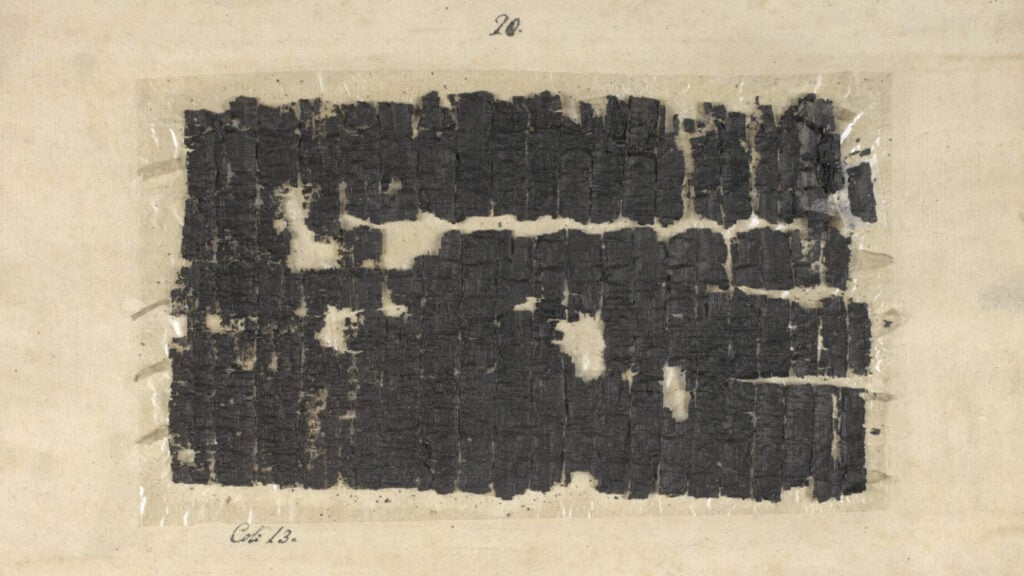 One of the unwrapped Herculaneum papyri.Example of an unwrapped Herculaneum papyrus, demonstrating the delicate nature of these ancient documents.
One of the unwrapped Herculaneum papyri.Example of an unwrapped Herculaneum papyrus, demonstrating the delicate nature of these ancient documents.
Beyond Computer Vision: AI’s Expanding Role in Classical Studies
The Vesuvius Challenge represents just one facet of AI’s application in the study of ancient texts. Other models like Pythia and Ithaca, developed by Sommerschield and Yannis Assael, have demonstrated remarkable success in restoring damaged Greek texts. Ithaca, a transformer-based model, has proven particularly effective, significantly improving historians’ accuracy in restoring ancient texts.
A 2024 survey in Computational Linguistics revealed the growing momentum of AI-driven research in ancient languages, encompassing digitization, restoration, attribution, linguistic analysis, and translation. However, the survey also highlighted the need for more balanced representation of different languages and cultures in this research.
The Human Element: Maintaining Accuracy and Context
While AI plays a crucial role, human expertise remains essential. Seales emphasizes that the AI framework highlights potential ink traces but does not interpret the complete letter forms. Human researchers then analyze these traces to determine their significance and ensure accurate interpretation. This collaborative approach minimizes the risk of misinterpretation and maintains the integrity of the research.
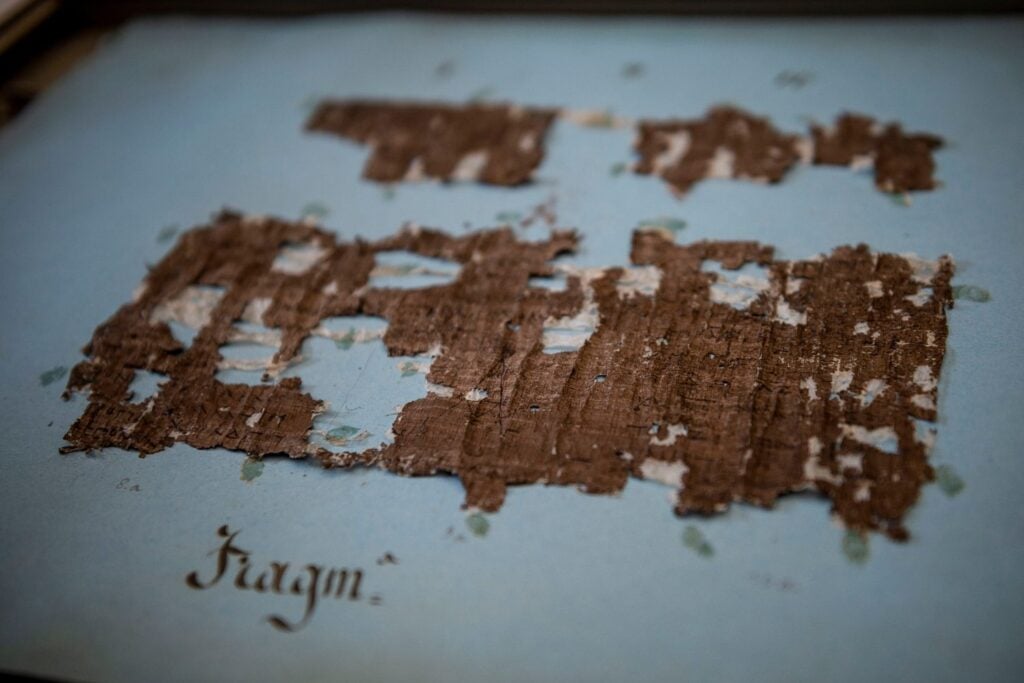 Papyrus Fragments Herculaneum AiA fragment of a Herculaneum papyrus at the National Library of Naples, highlighting the fragmented nature of many of the scrolls.
Papyrus Fragments Herculaneum AiA fragment of a Herculaneum papyrus at the National Library of Naples, highlighting the fragmented nature of many of the scrolls.
The Future of AI in Unraveling Ancient Mysteries
The future holds exciting prospects for AI-driven research in the classics. The Vesuvius Challenge aims to develop a scalable workflow for segmenting and scanning the remaining scrolls, ultimately unlocking the knowledge contained within them. Researchers anticipate discovering more philosophical works, potentially shedding light on lost Greek philosophical traditions.
Furthermore, the possibility of undiscovered scrolls within the Villa dei Papyri adds another layer of intrigue to this ongoing exploration. The potential for AI to revolutionize our understanding of the ancient world extends beyond the Herculaneum scrolls, impacting the study of other historical texts and artifacts. As AI technology advances, so too will our ability to uncover and interpret the secrets of the past.



